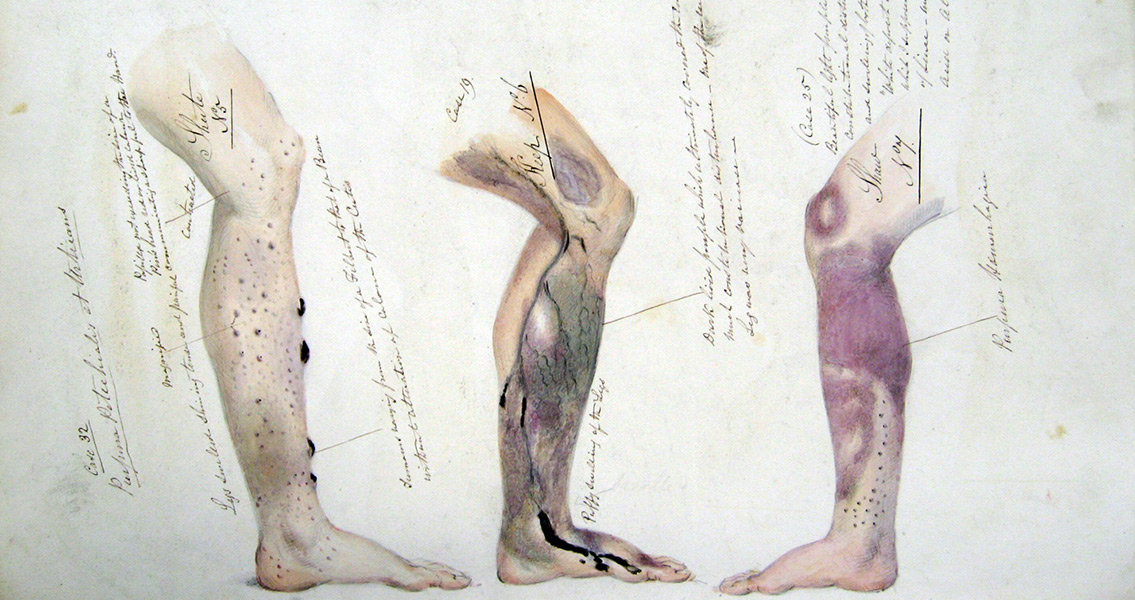<![CDATA[The skeletal remains of a child that bear the telltale signs of scurvy have been discovered in Egypt in the southern city of Aswan. The skeleton itself, which has been dated to anywhere between 3,800 to 3,600 BCE, was found in the pre-dynastic Nag Al-Qarmila dig site by a joint international effort between the Aswan Kom Ombo Archaeological Project (AKAP), Bologna University in Italy, and Yale University. Mamdouh Eldamaty, Egyptian Minister of Antiquities, announced in a press release that the remains of the child, who died at about one year of age, have changes in the shape of the skeletal structure – one of the clearest signs of the vitamin C deficiency that causes scurvy. The main reason for disease in the child has yet to be revealed, according to University of Alberta physical anthropologist Mindy Pitre. However, scurvy can arise from a combination of cultural behavior and unhealthy food; for now, the child skeleton will be subjected to additional scientific study to glean as much information as possible. AKAP has been at work investigating the area stretching between Aswan - the modern city that has built up around the ancient one known as Swenett - and the Kom Ombo region. The project has sought since 2005 to preserve and document ancient archaeological finds in the area in a race against time and the slow but inexorable encroachment of modern humanity. AKAP archaeologists and research scientists from partnering academic institutions have been adopting advanced three-dimensional imaging technologies in order to build detailed records of rock art left behind thousands of years ago in its natural environmental setting. It's part of an effort to quickly, efficiently, and cost-effectively build data profiles on the region before the rock art and other archaeological finds are destroyed or compromised. The Aswan region has always played a pivotal role in Egyptian culture, trade and commerce. As the Nile flows from the South to the North, Swenett (and later Aswan) is considered to have been the first major settlement within ancient Egypt, serving as the gateway to the rest of the country. The stone quarries located in and near Aswan were used extensively for the construction of nearly all the massive obelisks, shrines and other monuments constructed within Egypt, such as the pyramids. The ancient city of Aswan is also noteworthy as being instrumental in some of the first attempts to use mathematics to compute the circumference of the Earth. With the city situated in close proximity to the Tropic of Cancer (which passes through Lake Nasser directly to its south), early geographers noted that the shadow cast by the sun on the summer solstice was nearly nonexistent in Aswan. However, in the city of Alexandria – a three-week journey north up the Nile – the length of the shadow on the solstice differed. This discrepancy aided the Greek scholar Eratosthenes in calculating the circumference in the 3rd century BCE.]]>
Oldest Case of Scurvy in the World Discovered in Aswan
